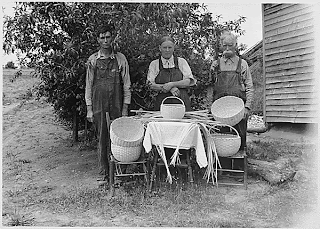How digital technology changed the role of photography in the society?
The role of photography in society is to capture the innate qualities of any given subject and create memories of those once in a lifetime non-recurring events. Digital technology not only makes things a lot easier to operate modern camera-related devices and process images, it allows users to create imaginative scenarios never thought of before. For instance, digital enhancements on cameras will allow users to adjust the lighting effects on shots taken (white balance), and will allow users to explore the different scene options like indoor mode, portrait, and black and white modifications.
Unlike the one dimensional function of capturing images just the way they are, digital technology opens up doors to a number of innovative ways to express an image thus developing the creative mind state of the photographer. In other words, photographers are lured in to explore the degrees of how a photo can be taken under the influence of the popular digital technology.
What has been the impact of digital photography on journalism?
“Smaller, lighter cameras greatly enhanced the role of the photojournalist. Since the 1960s, motor drives, electronic flash, auto-focus, better lenses and other camera enhancements have made picture taking easier. New digital cameras free photojournalists from the limitation of film roll length, as thousands of images can be stored on a single memory card.”
Content remains the most important element of photojournalism, but the ability to extend deadlines with rapid gathering and editing of images has brought significant changes. As recently as 15 years ago, nearly 30 minutes were needed to scan and transmit a single color photograph from a remote location to a news office for printing. Now, equipped with a digital camera, a mobile phone and a laptop computer, a photojournalist can send a high-quality image in minutes, even seconds after an event occurs. Camera phones and portable satellite links increasingly allow for the mobile transmission of images from almost any point on the earth. Even a regular citizen can assume the role of a news reporter by simply recording any breaking news when the opportunity arises. News broadcast stations are now encouraging citizens to record any citing they might have come across to assist awareness and feed news stories to the News station.
There is some concern by news photographers that the profession of photojournalism as it is known today could change to such a degree that it is unrecognizable as image-capturing technology naturally progresses. Citizen journalism and the increase in user contribution and submission of amateur photos to news sites are becoming more widespread. Overall, the impact of digital photography on journalism in essence is the ability for non-professional photojournalists to participate in the practice with limited amounts of skill, making the profession fun and interestingly captivating.


























